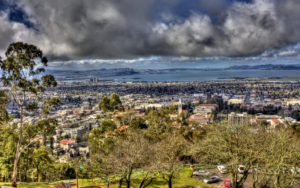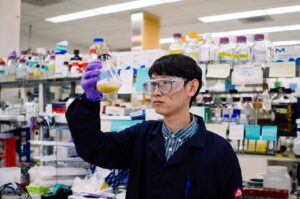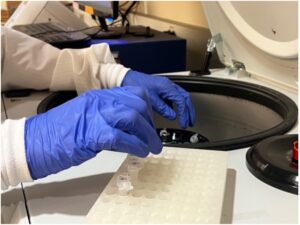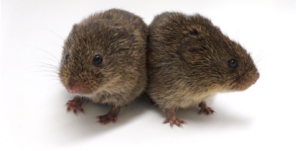
How my first fish expedition found a species on the brink of extinction
April 17, 2025
When most people hear about a fishing expedition in Mexico’s Yucatán Peninsula, they might picture researchers snorkeling through coral reefs in the Caribbean Sea or diving into crystal-clear cenotes, surrounded by postcard-perfect scenery. But nothing I had imagined—or Googled—before my first field trip came close to the reality we faced in our search for pupfishes.…





